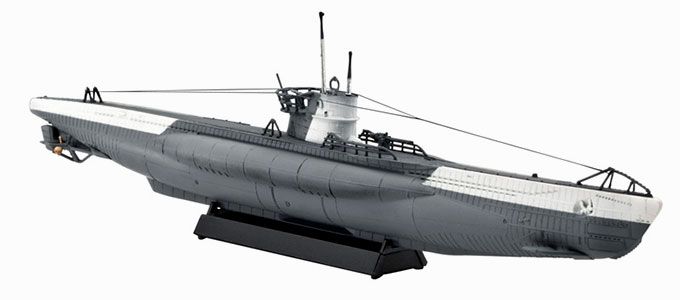
Here is an example of loading an image file to nand device. Uboot> sf read 0x800 0x0 0x2000 Programming NAND Flash U-Boot provides the nand command to program nand devices. NOTE: The "destination address" should not be ZERO. Following is the syntax of the "sf read" command. U-Boot read command can be used to see what is programmed in to QSPI memory. Write from DDR address 0x08000000 to QSPI offset 0 with 0x3E444 bytes of data
#U boot documentation download#
# Ready for binary (kermit) download to 0x08000000 at 115200 bps. it is assumed that you should have a boot image generated using the bootgen utility load the boot image through KERMIT protocol after this step load method can be KERMIT through UART, XMD dow -data through JTAG, TFTP through Ethernet u-boot is at 0x04000000.Ġ8000000: ffffffff ffffffff ffffffff ffffffff. you can use any location in DDR as destination. Read QSPI Flash from 0x0 to DDR 0x08000000 with 100 bytes Note: If erase size is less than QSPI Flash page size, u-boot reports erase error To make QSPI clock run faster, higher speed can be set to second parameter, SF: Detected N25Q128 with page size 256, total 16 MiBġ6384 KiB N25Q128 at 0:0 is now current device
#U boot documentation update#
Sf update addr offset len - erase and write 'len'bytes from memory at 'addr' to flash at 'offset Sf erase offset len - erase 'len' bytes from 'offset' '+len' round up 'len' to block size Sf write addr offset len - write 'len' bytes from memory at 'addr' to flash at 'offset' Sf read addr offset len - read 'len' bytes starting at 'offset' to memory at 'addr' Sf probe cs] - init flash device on given SPI bus and chip select Here is an example of loading an image file to QSPI device. On all Xilinx platforms from u-boot, you can use SF command to program a QSPI device.
#U boot documentation serial#
Programming QSPI Flash U-Boot provides the SF command to program serial flash devices. Tftpboot- boot image via network using TFTP protocol Run - run commands in an environment variable Rarpboot- boot image via network using RARP/TFTP protocol Protect - enable or disable FLASH write protection Ping - send ICMP ECHO_REQUEST to network host

Nfs - boot image via network using NFS protocol Mm - memory modify (auto-incrementing address)

Loady - load binary file over serial line (ymodem mode) Loads - load S-Record file over serial line Loadb - load binary file over serial line (kermit mode) Itest - return true/false on integer compare Imxtract- extract a part of a multi-image Iminfo - print header information for application image Bootd - boot default, i.e., run 'bootcmd'īootm - boot application image from memoryīootp - boot image via network using BOOTP/TFTP protocolĬoninfo - print console devices and informationĮxt2load- load binary file from a Ext2 filesystemĮxt2ls - list files in a directory (default /)įatinfo - print information about filesystemįatload - load binary file from a dos filesystemįatls - list files in a directory (default /)įdt - flattened device tree utility commands


 0 kommentar(er)
0 kommentar(er)
